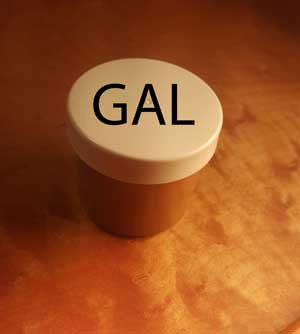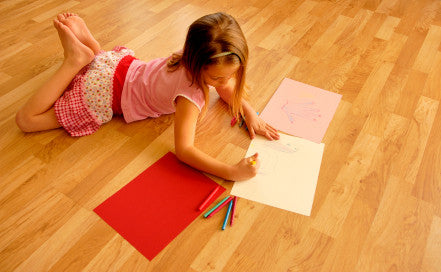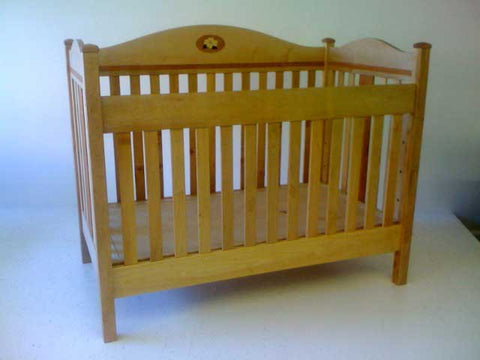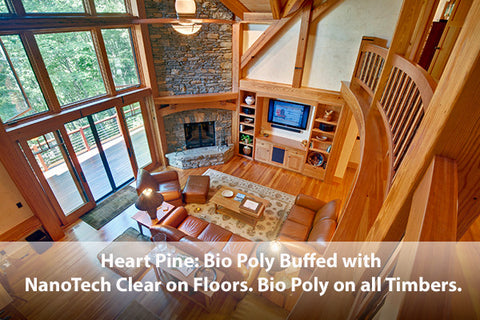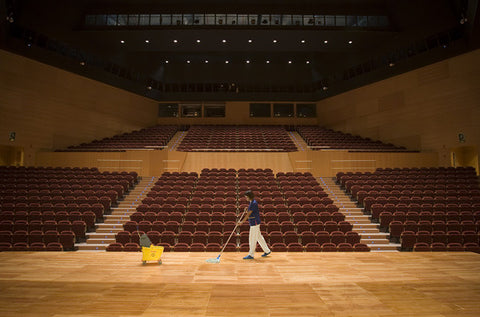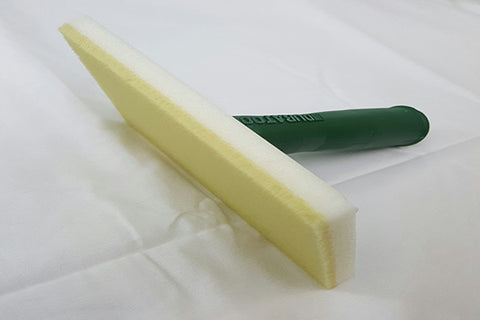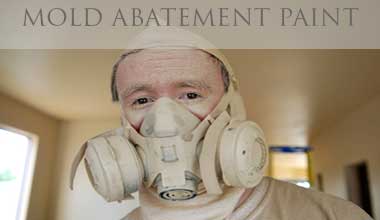COLORANT CONTAINERS
$ 5.95
ZERO VOC COLORANT CONTAINERS
We offer two sizes here. Gallon and Five. (One Gallons worth and Five Gallons worth.) These are supplied in small Colorant Containers that can be easily poured into the product before stirring. Sample pints can be ordered pretinted in each product when purchased on those product pages.
GALLON: A Gallon size Colorant Container is enough to tint One Gallon of product.
FIVE: A Five Gallon size Colorant Container is enough to tint Five Gallons of Product.
PAINT COLOR CHARTS:
CLEAR SKIES PAINT CHART - EXTERIOR LIGHT
CLEAR SKIES PAINT CHART - INTERIOR LIGHTING
MAKING A SAMPLE: It is recommended to make a completed sample in advance. Pint samples are available for each of our products. These pints samples come pretinted with this colorant. They can be found on each product page. Creating a completed sample (including topcoats) is the best way to determine exactly how something will look for each project.
TESTING MULTIPLE COLORS: For testing multiple colors a gallon of untinted product can be purchased. This provides 8 pints worth of product. 8 or more colors could be made by using these colorant containers. Email or include an order note at checkout if you need to know how much colorant to add to a pint.
DEEP COLOR NOTE: Almond, Chocolate Brown, Espresso, Forest Green, Mountain Laurel Deep, Oak Tone Rich, Oak Tone Deep, Pebble Deep, Pint of White, Red Bark, Spring Green, Water Deep Blue, Years of Black.
As a general rule in coatings, extra color slows dry time. The colors listed above are all beautiful deep color tones. They range from 8 to 16 oz of colorant per container.
PAINT: Lime Prime, Lime Seal, Clear Skies Paint usually dries fairly fast regardless of the color.
DECKS AND SIDING: The colors for decks are carefully engineered and quite complex. They could slow dry-time. On decks and siding adding a deep color is usually a minor factor because the sun and air help to speed dry. But on wood floors it could be important to crossventilate so the dry time is improved.
INTERIOR WOOD: If staining interior wood with deep colors, such as wood floors it could be helpful to use Aqualine Satin or NanoTech as the first coat of stain. These will dry fast and provide an even deeper stain color tone in a single coat.
NATURAL OILS: Fast drying water based stains might be preferred over the oils such as Mountain or Bio Poly NT. However, using these rich natural oils with deep color tones can have a nice grain revealing effect. Sometimes multiple stain coats of an oil is the preferred appearance despite the slower dry time.
ASK EARTHPAINT: Using the Ask Earthpaint tool is a great way to help narrow down color selection. Sample pints are recommended for testing in advance.
PROJECT SPECIFIC ADVICE: The "CONTACT US" tab is great for Order help and Project Specific Advice but please keep in mind that Order Support staff will not answer technical questions. Color is very technical. Earthpaint serves a broad community ranging from decks or babies rooms, nurseries, food prep to secure energy areas, high temp metals, Concrete tanks and aquariums, hospitals, barracks or dorms ... places where sensitivities or illness can be a major factor. We want to professionals to assess all recommendations for these projects with proper consideration, from start to finish.
USES: These Colorant Containers are made to add color to Earthpaint products.
The Zero Voc colorant shown here is poured into the product before stirring. (It can be added to any of our paints or finishes if desired.) This colorant is highly fade resistant and therefore has excellent performance in harsh exterior conditions. The minerals and oxides selected also perform excellent in our Lime Based and mineral coatings. Many assist in pozzolanic reaction and therefore are excellent in concrete and masonry stains.
CONTENTS: Mineral Earth Oxides. Made primarily from inorganic earth oxides and a few brighter organic colors.
CLEAN UP: Water.
PRICING: Cost is based on amount of colorant being added to each gallon and the price of that colorant. This type of colorant must be handmade in Asheville, separate from other materials... and thus is labor intensive. This must be partly subsidized by our factories in order for the cleanest possible color options to be available to the general public.
AMOUNT PER CONTAINER: Varies from 0.05 up to 16 oz's per Colorant Container. Each color requires a specific color formula and so each container varies in the amount of colorant it contains. On certain orders, for simplicity's sake, we may combine color into one container so that it can be more easily mixed into the gallons ordered.
MIXING: A stirrer stick, spoon, whisk, handheld blender, spatula... will mix the colorant; basically, anything that mixes batter will mix the color into paint. The easiest way to mix is with a paint mixer attachment on a drill. These mixers are usually only a few dollars and available at any local hardware store. Colors can be stirred in with a stirrer stick but that will take longer. Some people prefer hand mixers or hand mixer beaters for mixing pint containers and smaller volumes.
BOXING PAINT: It is industry standard practice to "box paint". This is done for color consistency and project uniformity. When mixing more than one gallon of paint it is a good habit to always "box" the paint together. This means that we intermix all the gallons together so that we get the most uniform mix of color possible. Sometimes this is as simple as pouring two gallons into three cans and pouring them back and forth into each other, evenly mixing the two gallons. Other times we use 3 Five Gallon Pails or three 55 gallon drums, to pour everything together, back and forth, half a can here, poured into half a can there, back and forth, keep pouring and mixing until it's all intermixed. This we call "boxing" the paint.
This step is often skipped but it is good professional practice to box paint before beginning a project. At the end of the job, when touch up needs to be done, you can really see the difference between an exact match and a "close" match. This principle applies regardless of the kind of paint being used.
WORK POT v MIX POT: Never use a mix pot to work from. The can the product is shipped in, is considered a mix pot. This can have color added and be mixed but it should be poured into a Work Pot to do the actual painting. We never dip a brush into a mix pot. The mix pot would be considered contaminated if a brush were dipped into it. Brushes are often swiped over dirty surfaces with mold and bacteria on the surface. Always use a Work Pot and a Mix Pot.
THREE POT RINSE:
Wash up using Water and Earth Clean using Three Gallon Cans.
1 First Rinse (dirty). 2 Second Rinse (Clean). 3. Final Rinse.
1. Earth Clean 10% in water
2. Earth Clean 10% in water.
3. Clean Water.
